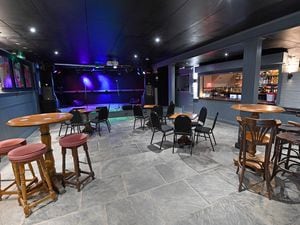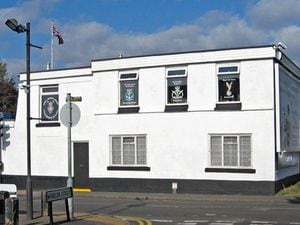Kinver Edge: Future of beauty spot now solid as a rock
With sweeping views overlooking dramatic red sandstone rock houses – it's a beauty spot that has been treasured for generations.
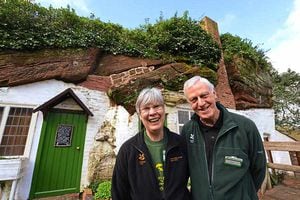
The year marks the centenary of the first 200 acres of Kinver Edge being donated to the National Trust.
In the years that followed this gift, more land was acquired and now the conservation charity looks after 350 acres of land as well as the unique Holy Austin Rock Houses.
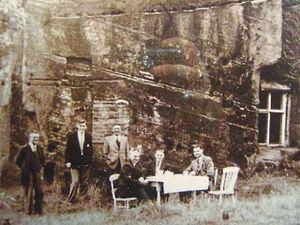
Visitor numbers to the cave dwellings are rising all the time with 27,000 welcomed last year and 2017 expected to be even busier with predictions of the attraction passing the 30,000 mark.
Celebrations are planned to mark the 100th anniversary of that first donation of land which ensured it would always be somewhere that everyone could escape to.
It all started because a family wanted to protect this much-loved site at the same time as honouring their late parents.

As the First World War raged in 1917, there were fears for the future of the countryside amid growing urban development.
This prompted the Lee family to purchase the land as a memorial to their parents, Grosvenor and Winifred Lee, who had both died during the previous year.
The Lee family also set up the Kinver Edge Committee – a group dedicated to conserving the area and would later fight for the restoration of the rock houses.
There are three levels of houses and in their heyday, between 1840s and 1870s, there would have been occupied by up to 11 families – a total of 40 people. Many were employed at the nearby Hyde Ironworks but when it closed in the late 19th century, the number of families living in the dwellings dwindled.
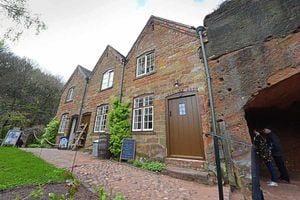
The last two families moved out in the late 1950s but a cafe remained open capitalising on a surge in visitors to Kinver Edge.
The National Trust acquired the houses in the 1960s but they continued to fall into disrepair.
By the 1980s, it was feared that demolishing them may be the only option but the Kinver Edge Committee stepped in and began restoring the properties, working alongside the National Trust.
In October 1997, volunteers opened the rock houses to the public for the first time.
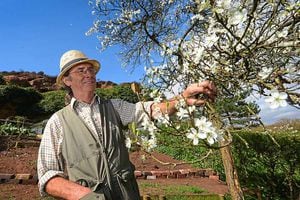
Helen Selkirk, the site's visitor experience officer, said: "They would have had comfortable lives. They are quite roomy inside and at the time they would have had everything they needed. It's amazing because they were extraordinary houses but the people living there were ordinary people.
"There was even a social class structure between the three levels with children from the houses on the upper level not being allowed to play with children from the lower level.
There is a small army of just over 100 volunteers and five full-time and part-time staff caring for the site.
A programme of events is planned which includes outdoor performances of a play entitled Spirits of Holy Austin Rock by the New Kinver Players.
Written especially for the centenary, it will be staged at the Rock Houses on August 19 and 20. There is also a Party on the Edge planned for September.
For more information email kinveredge@nationaltrust.org.uk or call 01562 712822.

